
A canary is a good pet for a beginner bird-keeper. Canaries don't need company of their own kind, they are relatively trouble-free and they sing beautifully. Some sing better than others, males sing more than females but slacken off when they are moulting or if they are not well.
The canary is a member of the finch family and has the scientific name of Serinus canaria. However canaries are not just yellow birds. Wild canaries are a brownish-yellow with yellow underparts. They are endemic to the Canary Islands (from which they take their name) off the north-west coast of Africa and were first discovered by ship-wrecked sailors who were washed up there on their way from Spain to Africa.

Breeders and fanciers regard canaries as three different groups. 'Type' canaries (which includes a sub-group, frilled canaries) are bred for their size and shape with scant attention paid to song and colour; 'Colour' canaries obviously are bred for their colouring and 'Song' canaries are judged on the quality of their singing with colour and shape playing little or no part in the evaluation.
While all canaries sing, the 'song' breeds have been selectively bred for their glorious songs. Even within the song breeds, there are further divisions according to the types of songs that each variety sings. The four song types are soft songs, loud songs, trilled songs and rolling songs. Exhibition canaries can be taught to sing on cue. The type of singing appears to be inherited from the parents although some breeders play their canaries high quality recordings of canary songs to improve its renditions. By repeating a recording over and over, the bird is encouraged to sing in the same manner.
One of the Song breeds that makes a wonderful pet is the American Singer canary. It is a great singer and is a cross between the Border from Great Britain (a Type canary), and the Roller (a German Song canary). The aim in crossing the breeds was to create a great songster with an attractive appearance.
During the 1930 and 40s, a group of women, who later became known as the 'Eight Boston Housewives', began a scheme to breed a new canary. It was first called the 'North American Canary' before becoming the American Singer. Many beloved household canaries look like American Singers and may be descendents but purebreds of the breed will have a leg-band stating that it is a purebred.

Being a hybrid breed, the American Singer is strong, hardy and prolific. They are about 5 ¾ inches long. There is a choice of colours available including green, buff, yellow, orange and bronze. There is even a variegated and a 'blue' which is more of a slate-grey. There are no crested American Singers. This breed is one of only a few where show birds are judged on appearance and song. These birds use rolled and chopped notes which are neither too soft, too loud nor too harsh. The lifespan is 7 to 12 years. Some can be quite aggressive in an aviary but as a general rule, unless one is particularly aggressive or especially timid, a few can be kept together in a large flight aviary.
The German Roller is so called because of the rolling sequences or 'tours' of its song. The roller sings with the beak closed and is the softest of all the Song breeds. It was developed in the Hartz Mountain region in Germany in the 1700s. The German Roller is also adept at mimicry as well as singing. Rollers often sing on command and may have many song variations.
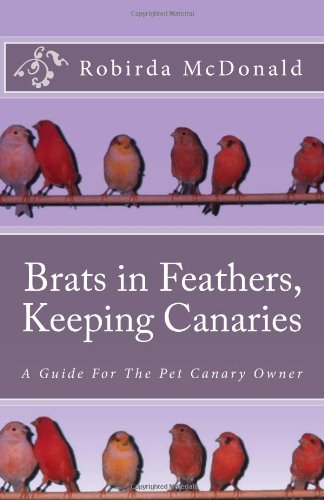 Brats in Feathers, Keeping Canaries: A Guide For The Pet Canary Owner
Brats in Feathers, Keeping Canaries: A Guide For The Pet Canary OwnerThe Waterslager canary is another Song type which is renowned for its mimicry of running water. It too sings with its beak closed and sounds like a babbling brook. This little fellow is hard of hearing apparently.
The Russian Singer is not so well known but was developed some 300 years ago. Specialised breeding has toned down the brash volume of introduced German Bunting Tuners to a softer timbre. Russian canaries are trained using organs, bells, pipes and flutes. The introduction of new notes and sounds encourages the canaries to adopt some of the elements into their own repertoires.
The Spanish Timbrado is the loudest of the Song types. This beautiful bird is often cited as being genetically closest to the wild canary. Their song consists of twelve notes and consists of combinations of the range in quick succession. The pitch is bright and harmonious. This relatively new variety can be taught to sing on cue.
According to a website devoted to the Spanish Timbrado, most Song canaries are trained as young birds by being placed near an adult male, perhaps their own father. However some breeders keep the young well away from any adults. This is so the bird develops its own song according to its genetic make-up. As soon as the young chicks are feeding themselves they are placed well apart from other adults. At least two males are kept in each cage and the birds are allowed to develop their own songs.
To sing well, canaries need to be well looked after. Temperatures must be neither too hot nor too cold and placing the cage in a draught can cause health problems. They are best kept out of direct sunlight. Canaries need their sleep and if kept indoors their cage should be covered at sundown and they should be able to rest undisturbed through the night.
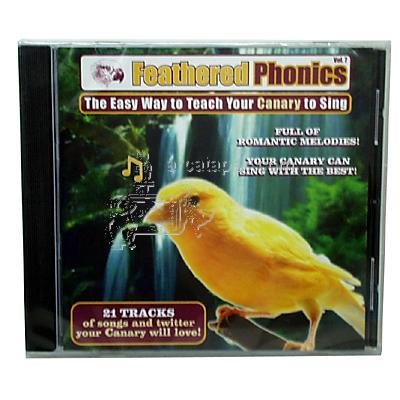 Feathered Phonics Volume 7: The Easy Way To Teach Your Canary To Sing
Feathered Phonics Volume 7: The Easy Way To Teach Your Canary To SingCanaries are first and foremost a seed-eater and a commercial preparation is probably the easiest way of supplying his basic nutritional needs. He will need some greenstuff and will enjoy treats of most fruits and vegetables such as apple, banana, cucumber, strawberry and lettuce. He will also enjoy hard-boiled egg occasionally. A piece of cuttle-fish will help keep his beak in trim. He will need access to grit which remains in the gizzard for the purpose of grinding seed. A piece of branch is ideal as a perch and is better than perches of exactly the same dimensions which provide no exercise for his muscles and toes. Fresh water is very important and most canaries like a bath. Well looked after, your canary will sing his heart out for you.
While many of us may never have to worry about the quality of our canary's song, we can all enjoy the free concerts so generously given by these charming birds.
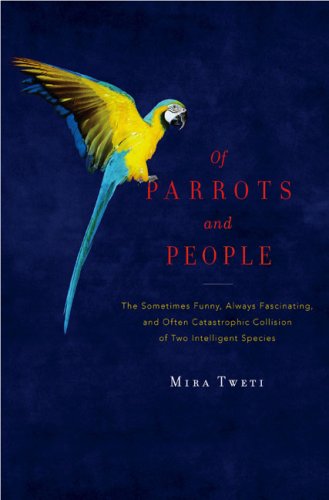 Facts About Parrots
Credit: Martin Robson via Wikimedia Commons
Facts About Parrots
Credit: Martin Robson via Wikimedia Commons
 Brinsea Spot Check Thermometer
Highly Accurate Digital Spot
Brinsea Spot Check Thermometer
Highly Accurate Digital Spot
 The Green Cheek Conure as a Pet
I’ve owned birds for a
The Green Cheek Conure as a Pet
I’ve owned birds for a
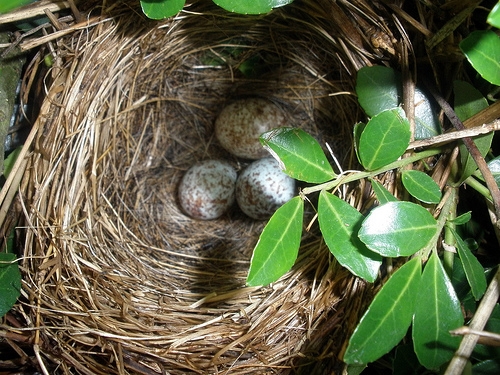 Bird Mites Treatment
Bird Mites Treatment
Bird Mites Treatm
Bird Mites Treatment
Bird Mites Treatment
Bird Mites Treatm
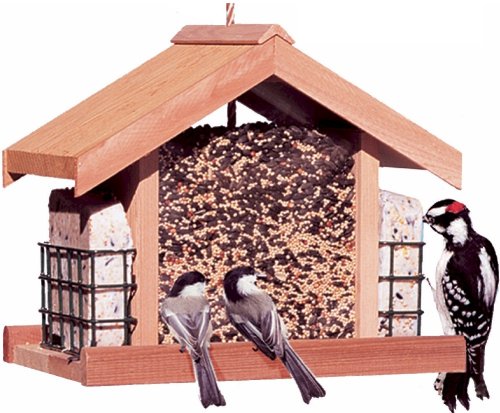 Learn what you need to Breed Indian Ringneck Parrots
Birds are beautifulThere are so many beautiful
Learn what you need to Breed Indian Ringneck Parrots
Birds are beautifulThere are so many beautiful
Copyright © 2005-2016 Pet Information All Rights Reserved
Contact us: www162date@outlook.com